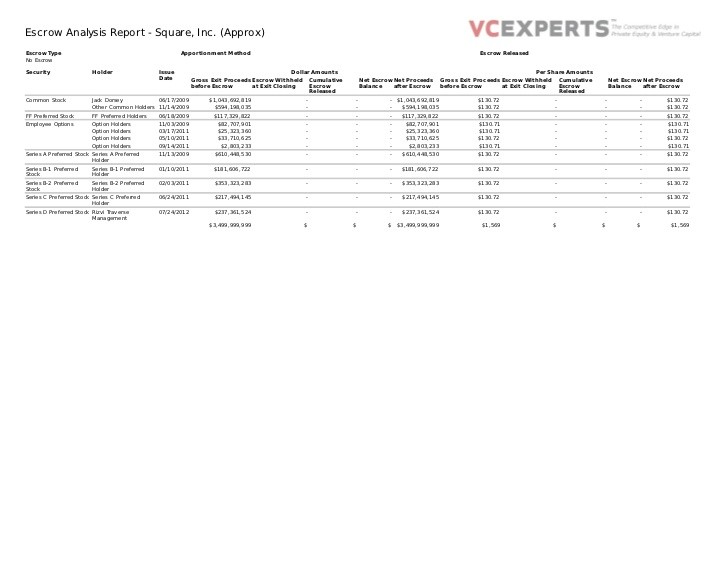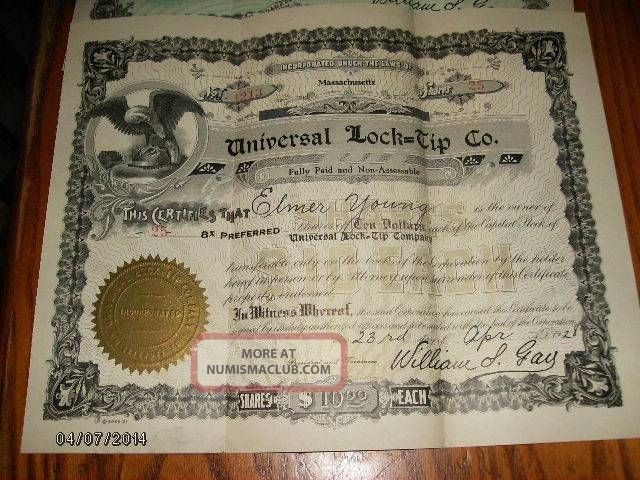Valuation Of A Preferred Stock_1
Post on: 16 Март, 2015 No Comment

Need to know � the attributes of common stocks including the rights of shareholders, how to use the Constant Growth Model, how to value non-constant growth stocks, the basics of market equilibrium and market efficiency, and the attributes and valuation of preferred stock. On the final exam, this chapter typically has 3-5 questions; A CAPM problem, a constant growth stock valuation problem, a non-constant growth valuation problem, and 1-2 concept questions.
Questions:
1. Which of the following is likely to decrease the current price of a stock?
a. Increasing the discount rate.
b. Increasing the dividend.
c. Increasing the number of years you plan to own the stock.
d. Increasing the growth rate.
e. None of the above are likely to decrease the current price of a stock.
2. The constant dividend growth model may be used to find the price of a stock in all of the following situations except:
a. when the expected dividend growth rate is less than the discount rate.
b. when the expected dividend growth rate is negative.
c. when the expected dividend growth rate is zero.
d. when the expected dividend growth rate is greater than the discount rate.
e. both b. and c. are correct.
3. Suppose a stock is not currently paying any dividends, and its management has announced that it will not pay a dividend for at least five years, but that it does expect to start paying dividends sometime in the future. Under these conditions, which of the following statements is most correct?
a. Since it is expected to someday pay dividends, the value of the stock today can be found with this equation: P0 = D1/(k — g).
b. The value of the stock cannot be found, even theoretically, by finding the present value of the future expected dividends.
c. The value of the stock is zero.
d. The value of the stock is determined solely by bids from people who want to control the company in order to draw salaries.
e. The value of the stock could be found by discounted cash flow procedures, but we would have to insert zeros for Dt until such time as we expect the company to begin paying dividends.
4. Companies can issue different classes of common stock. Which of the following statements concerning stock classes is most correct?
a. All common stocks fall into one of three classes: A, B, and C.
b. Most firms have several classes of common stock outstanding.
c. All common stock, regardless of class, must have voting rights.
d. All common stock, regardless of class, must have the same dividend privileges.
e. None of the above statements is necessarily true.
5. Assuming g will remain constant, the dividend yield is a good measure of the required return on a common stock under which of the following circumstances?
a. g > 0.
b. g = 0.
c. g < 0.
e. Answers a and b are both correct.
6. The preemptive right is important to shareholders because it
a. allows management to sell additional shares below the current market price.

e. The preemptive right is important to bondholders but not to shareholders.
b. 14.2 percent
c. 13.8 percent
d. 13 percent
e. 11 percent
Answers:
Questions: 1.A (a variation on rate up implies price down), 2. D, 3. E, 4. Both C and E were accepted, in the United States all common stock should have some type of control/voting rights, in foreign countries, voting rights are not required, 5. E (constant growth model given nonsense answer when growth rate (g) > required return on stock (rs). 6. B,
Problems:
1 B, A non costant growth problem, solve in three steps, 1) calculate the dividends during the non-constant growth period plus one constant growth dividend, D1-3, d2=3, d3=3.30, 2) Sell the stock as soon as growth becomes contant, P2=D3/(rs-g)=3.30/(.15-.10)=66, 3) Take the NPV @15 of the dividends and expected selling price, Cf0=0, C01=3, C02=3+66=69.
2. D, preferred stock is solved using the constant growth formula, P0=(D0*(1+g))/(rs-g), and since g=0, this simplifies to P0=D0/rs.
3. A, solve in two steps using the constant growth formula, 1) since stock is initially 0-growth, then rs = D0/P0 = 5/50, 2) use the rs from step 1 to solve, new P0 = (5* (1+4%))/(rs-4%).
4. A, solve for g, where 14%= ((2*(1+g))/28.40) + g
5. D, Step 1, calculate the dividends for the non-contant growth period plus 1 dividend, a total of 4 dividends. Step 2, sell the stock as soon as growth become constant, P3 = D4/(10%-4%), Step 3, Take the NPV at 10% of the expected dividends and expected selling price. CF0=0, C01=D1, C02=D2 + 5.00, C03=D3 + P3.
6. D, key step is to find the growth rate, using PV=-2, N=5, FV=5, PMT=0, and compute I/Y=growth rate. Use the constant growth formula and g from step 1 solve for rs where rs = ((5* (1+g))/38) + g.
7. D. three steps, Calculate the dividends for the supernormal growth period plus one dividend, D1=2.30, D2=2.65, D3=2.78, Step 2, sell the stock as soon as growth becomes constant, P2=D3/(rs-g)=2.78/(.16-.05)=25.24. Step 3, take the NPV of the dividends and expected selling price at 16%, where CF0=0, C01=2.30, C02=2.64+25.24=27.88.
8. C, D1/P0+g = 2.20/45.60 + 9%=13.82%.














